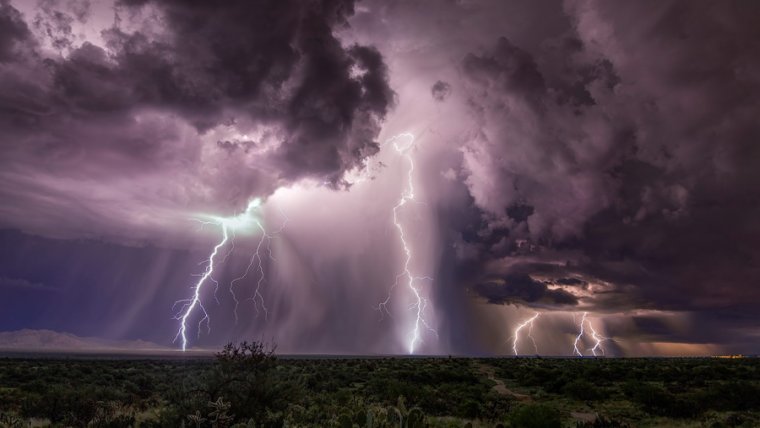
Welcome to another episode of Photographer Spotlight, this time I’d like to welcome Danilo Faria, an incredibly gifted photographer from America, who shows absolutely breathtaking landscape pictures. Read the Interview to learn more about Danilo, his camera equipment, techniques, and landscape photography in general.
1) Tell us about yourself, where are you from? How, when and why did you get into photography?
I was born and grew up in Minas Gerais – Brazil, which is where my love for photography began, but I have been living in the US for over 17 years now. As a child, my dad and I would take pictures on vacation with his simple “point and shoot” Kodak camera. Back then that is all we had-equipment and film was too expensive, but we made the best of it, and so my passion began. Photography is my escape, it takes me to incredible places, and is where I can express some of my creativity.
However, in my full-time day job, I work as a Systems Engineer for a biomedical company.
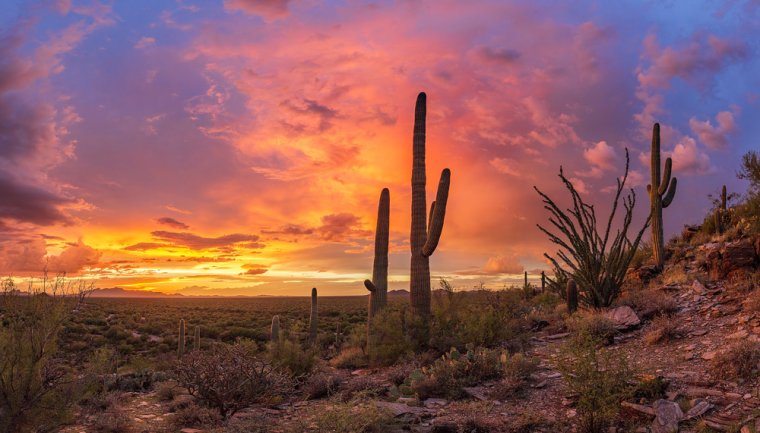
2) How much time do you spend on photography on average?
I take at least 6 major photography-related trips a year. I also spend another 10-20 hours a week of spare time doing photography-related activities (reading, learning new techniques, post-processing, etc.).
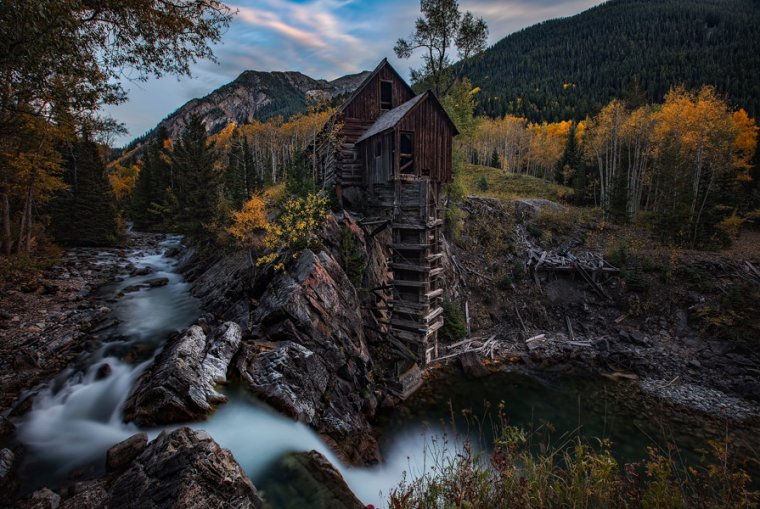
3) Which gear do you mainly use / What is typically in your camera bag? (Camera body, Filters, Lenses, Tripod, Accessories, etc.)
I have a Canon 6D body, and the 16-35mm wide angle lens. When I have an important photography trip planned, sometimes I use borrowlenses.com and try new cameras/lenses combos. That could be quite cost effective if one cannot justify a very expensive purchase. Filter set: I always use is my set of filters from NiSi (polarizer, and a few IR-ND filters). I use a Manfrotto MT190XPRO3 tripod, with the Manfrotto XPRO Magnesium Ball Head, and a Canon Trigger Release for long exposures.
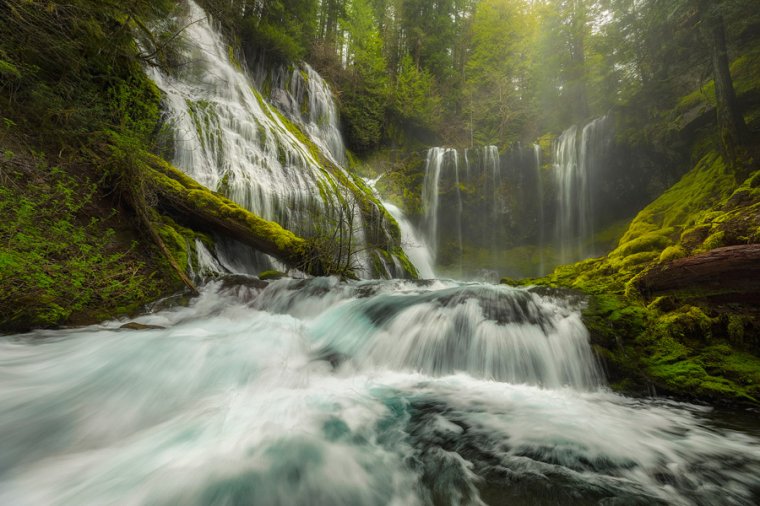
4) How do you prepare for an image?
I usually divide my preparation into two phases: the images themselves, and location.
I absolutely believe in ‘serious” research before I go anywhere. If it is a location well known, I search Google, sites such as 500px.com, flickr.com, books, etc. I study what made some of those locations iconic, and what other great photographers did. My goal on doing this is not to copy other photographers’ compositions, but rather learn sun position, the best time of the day or year for the light, and then once I am there I already have a visual of what to expect or something in mind for my own composition.
I also do a lot of research about locations. If it is a place visited by many and easily accessible, I try to study places nearby to be able to do something slightly different. If a place is unknown and very remote, I rely on Google earth, National Geographic maps, and always carry my Garmin handheld GPS (Oregon 650T) so that I have a plan of where to go and what it will take to get there. Sometimes being a little off of the beaten path yields great results, but you don’t want to wind up stranded, lost, or without the necessary equipment to travel safely.
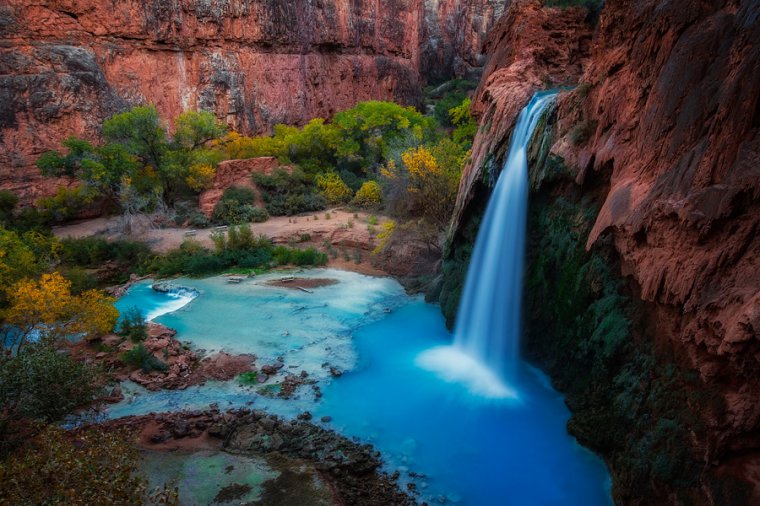
5) Do you have guiding principles that you follow when you’re taking pictures (image composition)?
I do not have very rigid composition rules, however, when shooting with wide angles, a good foreground is imperative in my view. Once you zoom in with telephotos, that becomes less important. The “rule of the thirds” might be the only one I was told I use a lot, but it is natural and I never “force” it. I usually shoot various different compositions at spots, then later in a bigger screen is much easier to figure out which one is more pleasant.
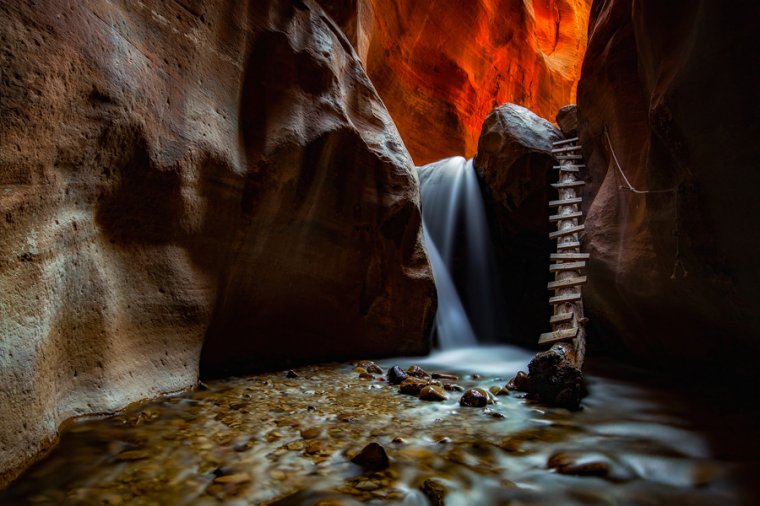
6) How important is post-processing for you? Can you tell us what kind of postprocessing you typically do?
Nowadays, post-processing is as significant as any major characteristics of an image. Of course, it is very important to compose/expose well straight off the camera, because that will make post-processing much easier and faster. In post-processing, I place my style on my images, bring my vision and creativity to life. It varies from image to image, sometimes I post process heavily, sometimes I like it more natural.
7) What’s the favorite photo you took and why?
If I have to choose, I have 2 images that speak to me the most:
The first
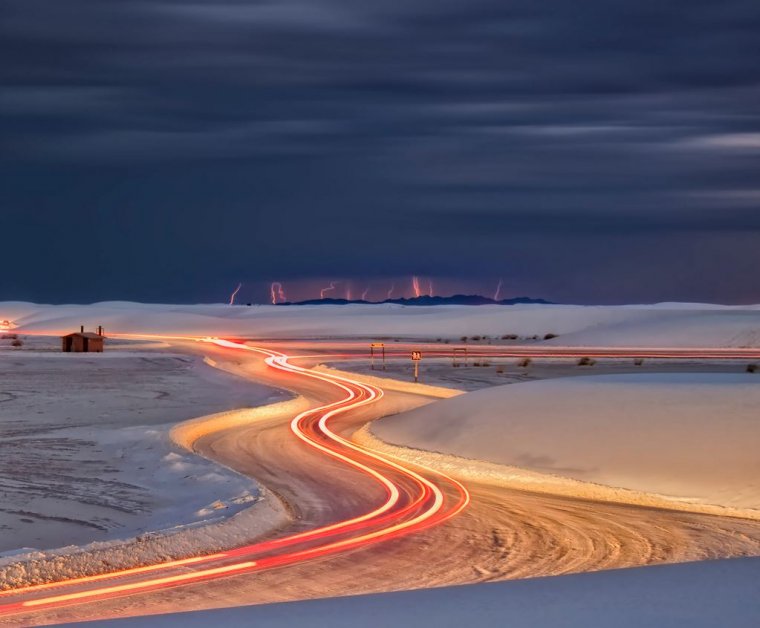
Most of us have an image that “defines” your beginning in photography, this is the one that defined me. Even though I was already photographing before this day, when I took this image – luck played a great part of it because you cannot predict that those conditions would be so perfect and I was “there” at the right time – I did strengthen my love for photography and never looked back.
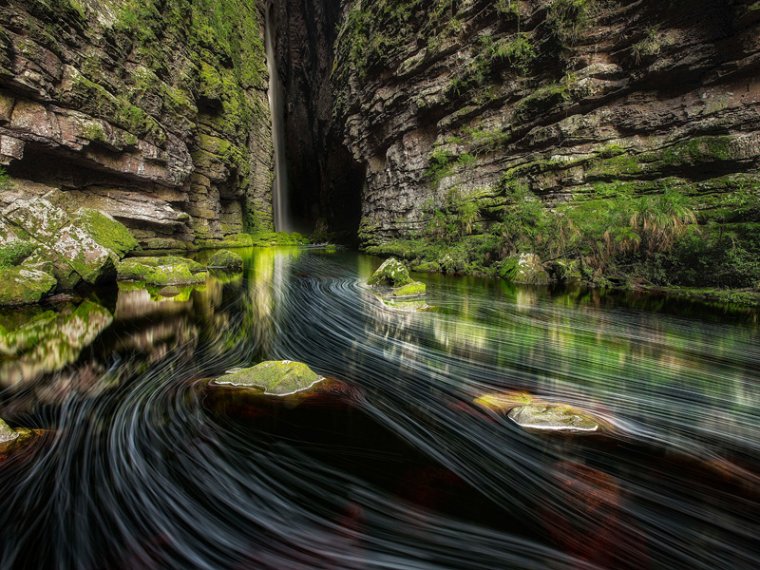
This image was taken on my home country of Brazil. It was one of the toughest, most remote and long day hikes I ever endured. However, at the very end of the hike, you come across this incredible waterfall, with mossy walls and a beautiful water flow. It is one of those images that took serious preparation, endurance, and perseverance.
8) What’s the most challenging part of being a nature/landscape photographer?
The most challenging part for me is trying to come up with something original, with so many images reaching so many people nowadays, to do something fresh and seen by few is getting extremely difficult.
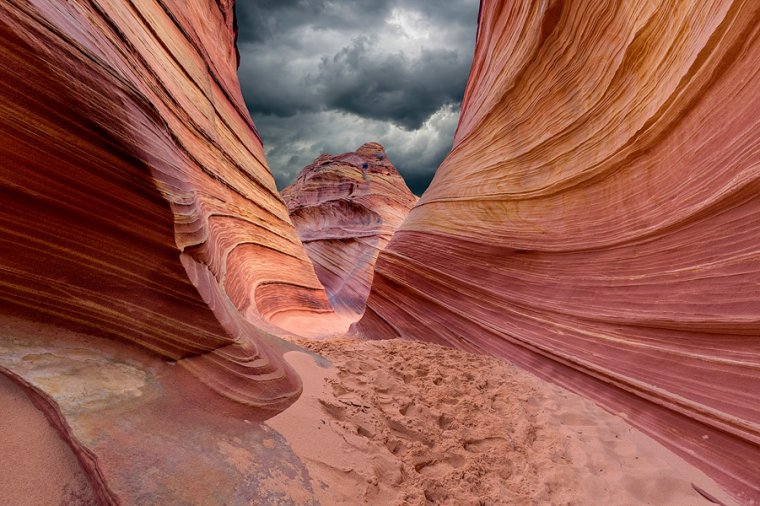
9) Do you have general advice and tips for other photographers?
Unless you are under the stress of producing photographs for a specific job or contract, just be yourself and be happy with your work, but always search ways to improve your craft. Read, research and practice a lot. I feel that I am just beginning to learn, because I have so much more to explore and absorb. I love this saying that describes failure: “If you haven’t failed yet, you haven’t tried hard enough”. It is a lot of hard work that you will get there.
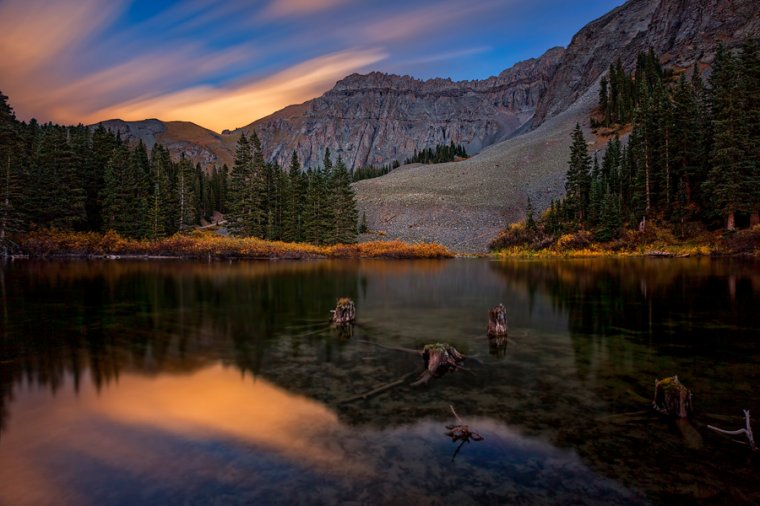
10) What was your biggest accomplishment? (Awards, Publications, Exhibitions, Cooperation, etc.)
I have been published in a few publications (Photoshop Magazine, Photography Masterclass, Photography Week), have participated in several exhibitions in Southern Arizona and have been a finalist of the prestigious Arizona Highways Magazine competition.
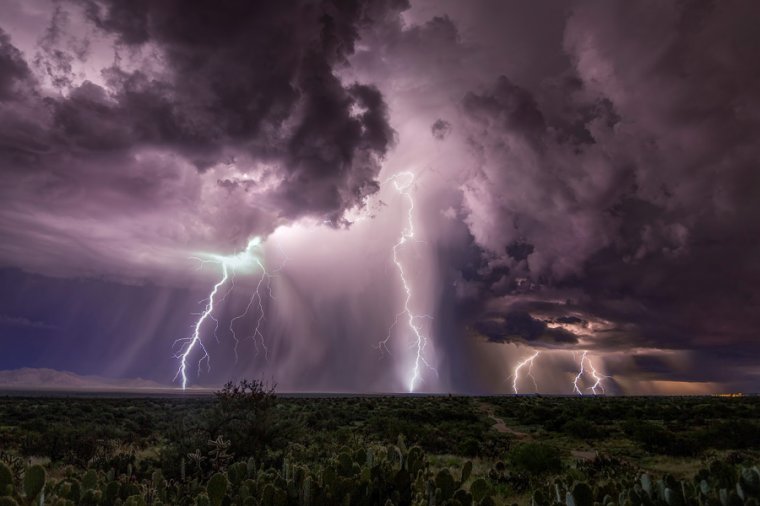
11) What do you know now that you wish you knew when you started?
The only thing I know now that I really wish I knew then is:
when I started I thought that great equipment was way more important than knowing what to do with it. Of course the better the equipment, the better your images will be if you know how to extract the best out of your equipment. I learned later on that great equipment doesn’t automatically yield great images. Research, hard work, and perseverance are what really takes your photography to the next level.
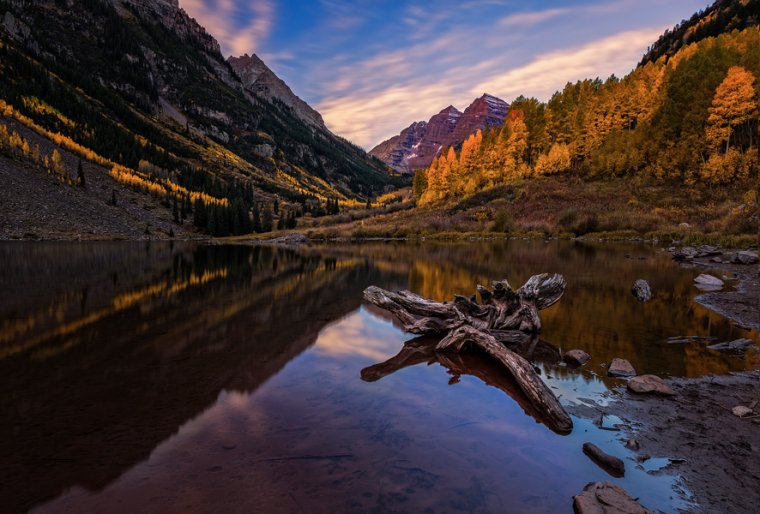
12) What are your future photography goals?
My goals are to inspire people to get out there and see nature, and respectfully experience beautiful places. As per my photographs, I want to learn and perfect my craft, and I still have much to learn, and a whole lot more of the world to see.
Find Danilo Faria on the Web:
500px: www.500px.com/danilofaria
Website: www.defariaphotography.com/
Comments (0)
There are no comments yet.